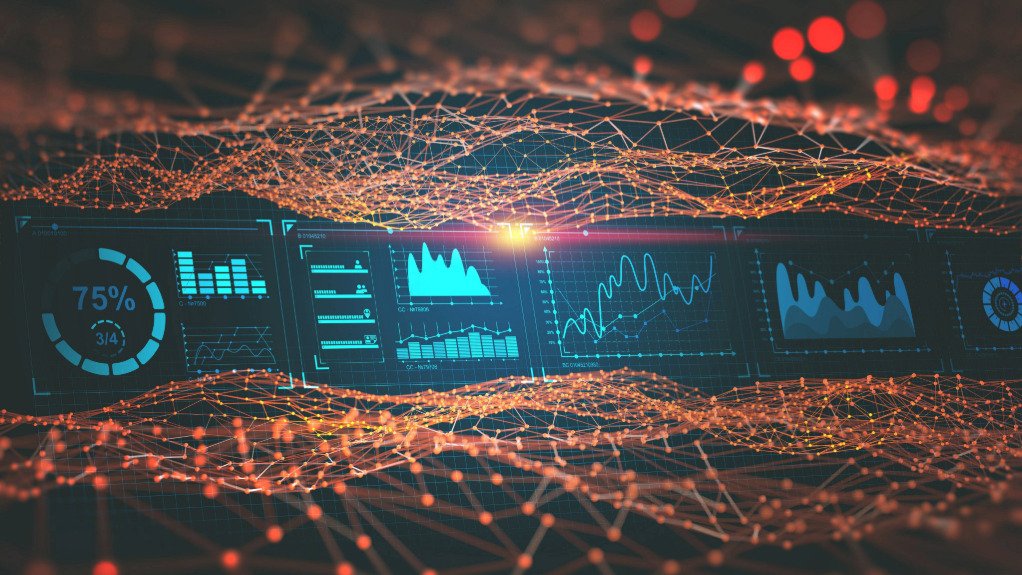
+27 (0)11 0461900
Private Bag X139 Halfway House 1685

Schneider Electric launches automated sustainability reporting tool for data centres
Technology company Schneider Electric has introduced new model-based, automated sustainability reporting features within its EcoStruxure IT data centre infrastructure management (DCIM) software.
The release of the sustainability reporting features follows three years of strategic investment, testing and development as part of Schneider Electric’s Green IT programme, led by Schneider Electric CIO Elizabeth Hackenson.
The enhanced reporting features became available to all EcoStruxure IT users in April, building on the company’s 20 years of experience in sustainability, regulatory, data centre and software development expertise with advanced machine learning.
Customers now have access to a new set of reporting capabilities, which had traditionally required a deep understanding of manual data calculation methods.
This unique new reporting model has been designed to provide a fast, intuitive and simple-to-use reporting engine to help meet imminent regulatory requirements, such as the European Energy Efficiency Directive.
It enables customers to measure their data centres’ real-time and historical energy performance data against all of the advanced reporting metrics specified within Schneider Electric’s White Paper 67.
EcoStruxure IT software enables owners and operators to measure and report data centre performance based on historical data and trends analysis, combining it with AI and real-time monitoring to turn it into actionable insights for improved sustainability.
With the new download function, organisations can quickly quantify and report, thereby removing laborious manual tasks and reducing the possibility of human error. The aim is to make it faster and easier to use data to reduce the environmental impact of their data centres.
The new tool enables users to calculate and track power use effectiveness (PUE) per site room over time with CEN/CENLEC 50600-4-2 methodology, which is a part of the European standards for data centre facilities and infrastructures that deal with the methodology for their energy and environmental management.
The new tool enables users to leverage data analytic models and cloud-based data lakes to simplify reporting of PUE, as well as to report current power consumption per site room and report against historical trends.
Aside from helping users be better able to meet regulatory reporting standards, they will also be able to witness trends, over time, for various data centres and distributed IT environments.
Customers will also be able to securely access and manipulate their data in their preferred tool using third-party integration and data export.
“For the last three years, we’ve increased our investment to develop new software features that make it faster and simpler for our customers to operate resilient, secure and sustainable IT infrastructure.
“The new reporting capabilities included with EcoStruxure IT have been tested and adopted by our own organisation and will allow customers to turn complex data into meaningful information, and report on key sustainability metrics,” Schneider Electric EcoStruxure IT senior VP Kevin Brown said on July 11.
In 2021, Schneider Electric released its Schneider Sustainability Impact (SSI), which illustrated the company's sustainability commitments. Hackenson kickstarted the Green IT programme to align with this.
The Green IT programme is aimed at identifying new and intelligent decarbonisation pathways to help the programme achieve its objective of at least a 5% yearly IT emissions reduction.
As part of the programme, Schneider Electric used its EcoStruxure IT software, which was deployed across more than 140 key sites globally, to improve resiliency and security of its IT operations. Through Green IT, it became apparent that new capabilities within EcoStruxure IT could also be leveraged for greater sustainability, allowing Schneider Electric to improve the visibility of its IT energy consumption.
Using the insights from EcoStruxure IT, the company was able to achieve a 30% energy consumption reduction in the second half of 2023 over the first half in its smart factory in Lexington, Kentucky, in the US.
During the process, Schneider Electric also used key learnings and insights from its data to accelerate the development of the new EcoStruxure IT reporting features now available to all its users.
"When seeking to reduce IT and data centre energy consumption and CO2 emissions, organisations must establish a fact-based baseline, and access to real-time and historical data is vital.
“Through the use of EcoStruxure IT, we have continued to make significant progress in our mission to reduce our IT energy consumption and environmental impact, and to help the company progress its sustainability objectives. We’re making those benefits readily available to customers globally,” Hackenson says.
*Darren Parker was a guest of Schneider Electric at an international ‘Transitioning to AI-ready Data Centres’ media event, in Barcelona, Spain, from July 10 to 12.




